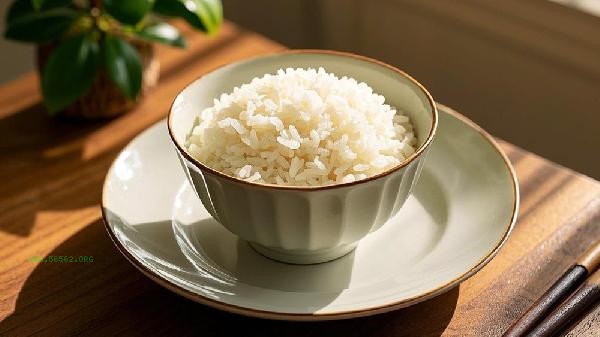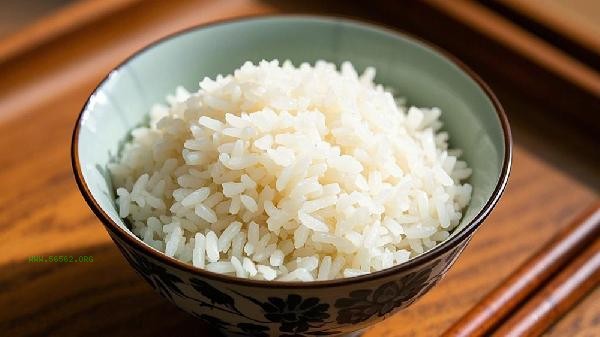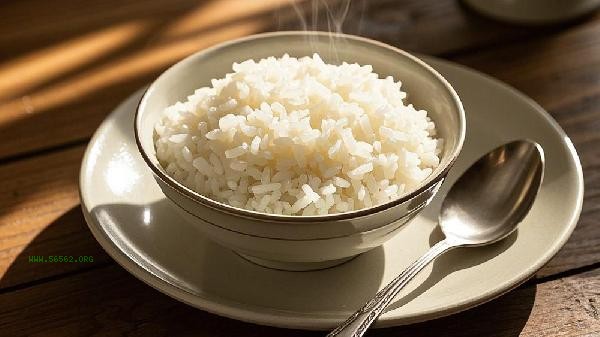Sand in rice may damage teeth or scratch digestive mucosa, and long-term ingestion may also cause chronic gastrointestinal inflammation. The hazards of sand are mainly related to particle size, intake, and individual digestive system health status. When sand particles are small, they may be excreted through the digestive tract with food, but sharp particles may scratch the oral or esophageal mucosa, causing local pain or bleeding. If sand is mixed with rice and chewed, it may wear down tooth enamel and increase the risk of dental caries. Children or elderly people with weaker swallowing function are more prone to coughing or gastrointestinal obstruction caused by ingesting sand.

When sand contains heavy metals or industrial pollutants, long-term trace intake may cause heavy metal accumulation, affecting liver and kidney metabolic function. construction sand often contains lime components, which may stimulate gastric acid secretion and induce reflux esophagitis if ingested by mistake. In some areas, sandstorms may carry parasite eggs, and mixing undercooked rice with such sand may increase the probability of parasite infection.

It is recommended to rinse the rice repeatedly with a fine mesh sieve and purchase packaged rice from legitimate channels. If rice is found to contain sand, it should be stopped immediately. If symptoms such as persistent abdominal pain and bloody stools occur after ingestion, medical examination is necessary. Daily use can choose products with built-in filter function in the inner pot of the rice cooker, or use soaking method to settle the sand before cooking. For young children and people with swallowing disorders, it is recommended to cook rice until it is soft and tender to reduce the risk of accidental ingestion.









Comments (0)
Leave a Comment
No comments yet
Be the first to share your thoughts!